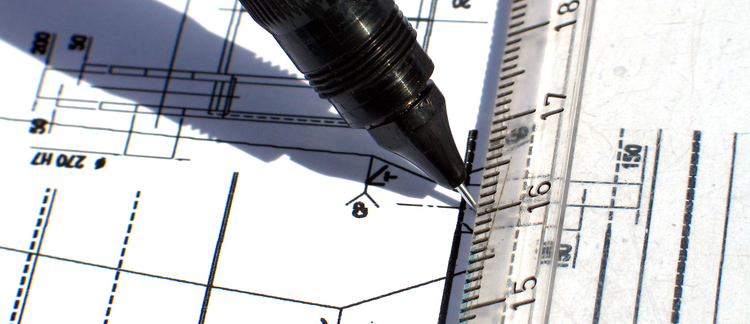Abstract
| Over the years, carbon emissions have gained significant importance within the construction industry. Different factors throughout the life cycle of a project can have a direct implication on the total carbon footprint of a construction project. This paper focuses on a steel structure designed in accordance with Eurocode and dives deeper into different parameters and how changing configurations at the design stage have a direct correlation to the overall embodied carbon output. The five parameters considered in this investigation are steel grade, concrete grade, load reduction, bay sizing, and composite deck changes. For steel grade, a comparison is made between S275, S355, and S460 to determine which is the optimal grade to use. Concrete grades of C25/30, C32/40, and C40/50 are also compared, along with the addition of Ground Granulated Blast Furnace Slag (GGBS) content and how the percentage content impacts the embodied carbon output. The effect of different imposed load cases is also considered to determine how decreased load can lead to reduced steel weight and consequently lower carbon emissions. Additionally, a number of bay sizes have been tested to determine their effect on the structure. The final parameter considered is the composite deck profile used and its gauge thickness to determine the differences in the configuration of the structure. Ultimately, each of these parameters can be considered at the design stage of any project to find the most effective solution, while reducing the overall carbon footprint. When combining the best configuration from each parameter, including S460 steel grade, concrete grade of C25/30 with 75% GGBS, imposed loading of 2.0 kN/m2, a 6×6 m bay size, and ComFlor® 60 1.0 mm deck, the overall structure is reanalyzed. In this case, the final model resulted in 604 kgCO2e/m2 carbon emissions, which represents a reduction of 38.8% from the base model. This outcome provides an overall review of how many small changes, when combined, can have a larger impact leading to a more effective and sustainable design. |
Keywords
Embodied carbon Mitigating carbon emissions, Structure design, Carbon footprint, IStructE, Embodied carbon, Mitigating carbon emissions, Structure design, Carbon footprint, IStructE
How to Cite
May, G. & Abbaspour, A., (2024) “Effectiveness Of Embodied Carbon Reduction Methods In UK Construction”, Engineering Future Sustainability 1(3). doi: https://doi.org/10.36828/efs.241
678
Views
210
Downloads
